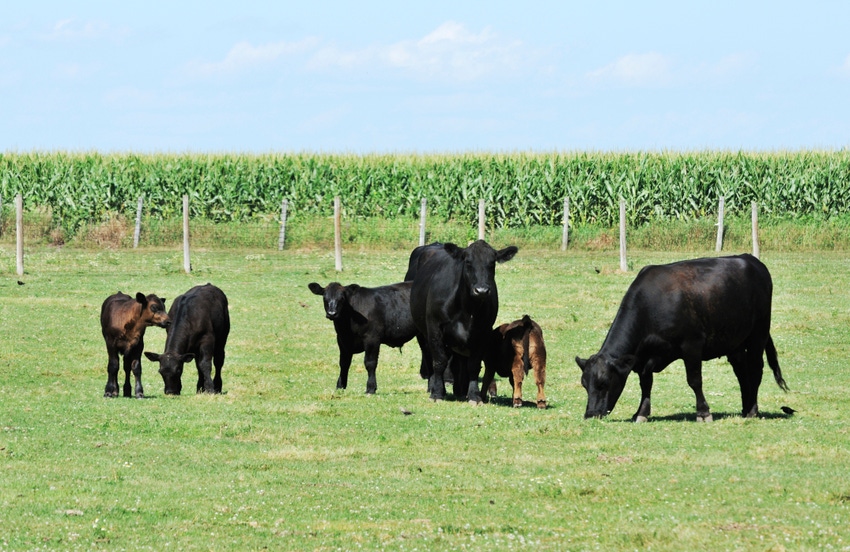Repeatability of calving difficulty in young heifers a common question every year.
December 29, 2017

Questions about the repeatability of calving difficulty in young heifers seems to crop up annually, which isn't a surprise, given the money invested in growing the heifer into a two-year-old cow.
The question has been asked like clockwork throughout the 30-year-plus career of Oklahoma State University Cooperative Extension emeritus animal scientist Glenn Selk, who still serves as editor of the "OSU Cow-Calf Corner" newsletter.
“Should the young heifer be culled next fall because of calving difficulty this spring? A look back through scientific literature sheds some light on this subject,” he said.
Research conducted by Colorado State University and published in the Journal of Animal Science in 1973 looked at parturition records of 2,733 Hereford calves sired by 123 bulls and born to 778 cows or heifers. A repeatability estimate was obtained from heifers calving both as two-year-old and three-year-old animals.
“The estimate was 4.5%,” Selk said. “Of 195 heifers that had no difficulty in calving at two years of age, 7.2% had difficulty at three years of age. Of the 77 two-year-old heifers that experienced calving difficulty, 11.7% had difficulty again at three years of age.”
Heifers that experienced calving difficulty at two years of age weaned 59% of calves born, whereas those having no difficulty weaned 70% of calves born. Calving difficulty in heifers at two years of age affected the number of calves weaned when the animal was three years of age, as well as the weaning weight of those calves, Selk said.
Heifers that experienced calving difficulty at two years of age weaned 63% of the calf crop a year later. Heifers having no difficulty at two years of age weaned 77% of the calf crop a year later.
“This research indicated calving difficulty as a two-year-old had a profound effect on productivity,” Selk said. “The likelihood that calving difficulty will happen again next year is only slightly greater than in heifer counterparts that calved unassisted.”
Selk added that proper heifer development to a body condition score of 5.5 or 6.0 at calving, along with breeding heifers to low-birth weight expected progeny difference bulls, should help reduce calving difficulty in two-year-old animals.
You May Also Like

.png?width=300&auto=webp&quality=80&disable=upscale)

